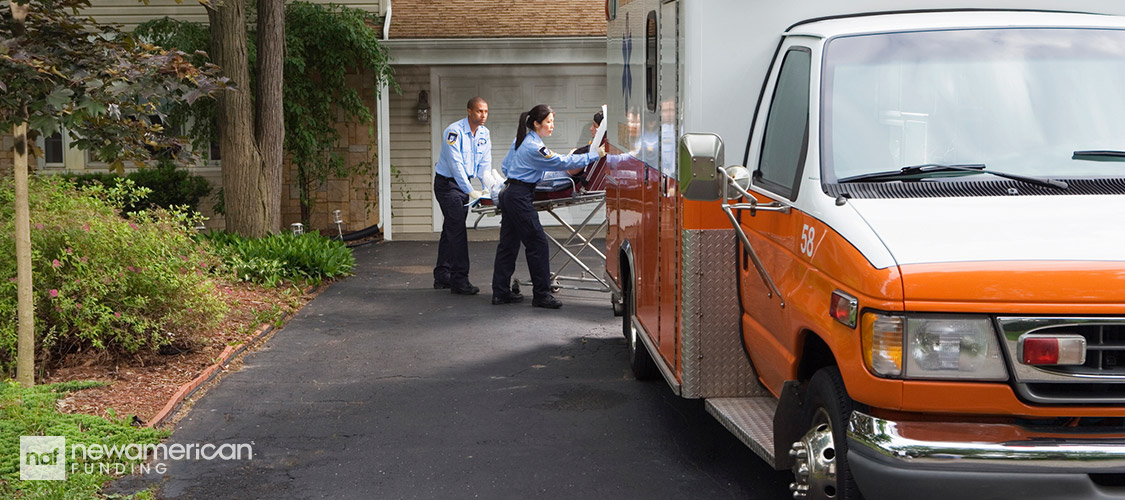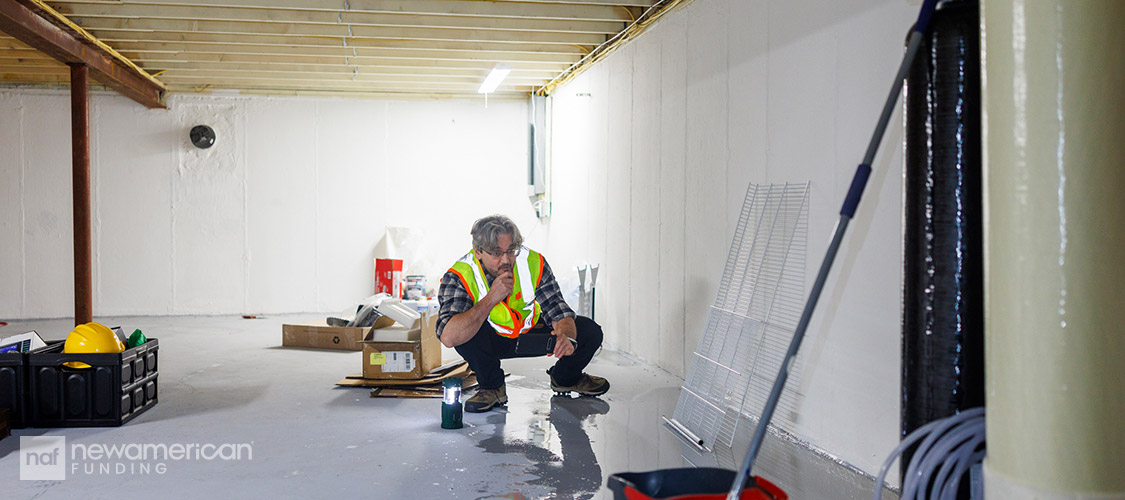Homeowners
Homeowners May Be Surprised About What Their Insurance Policies Cover—And What They Don't
July 25, 2024
Home insurance provides a safety net for homeowners, protecting them from unexpected financial burdens when their pipes burst or the roof begins to leak. However, many homeowners may not realize that potential damages, which can be very expensive to remedy, may not be covered in their insurance policies.
"The language in home insurance policies can be confusing," said Jeff Snyder, president of insurance at Matic Insurance. "What's covered isn't always clear, so it's important to go over your coverage with a licensed insurance advisor to avoid surprises."
About one in 18 insured homes has a claim each year, according to the Insurance Information Institute, based on data from 2017–2021. The most common are wind and hail damage (one in 35) and water damage or freezing (one in 60.)
Filing a claim doesn't guarantee a payout. Common reasons for denials include gradual damage or maintenance issues, which are not typically covered by standard policies. Understanding policy exclusions is important to avoid unexpected expenses.
What a typical homeowners insurance policy covers
Home insurance policies typically cover various common threats, such as damage from fire and smoke, whether the fire starts inside the home or from somewhere else. Weather-related incidents, including wind, hail, and lightning, are also generally covered.
These policies also generally include dwelling coverage. This protects the home's structure, such as the walls, roof, and foundation.
They also typically cover personal property, such as furniture, electronics, and clothes. Theft, break-ins and vandalism are usually included.
If someone gets hurt on the property and blames the homeowner, liability coverage can help pay legal fees and medical bills. For example, if a visitor slips on an icy driveway, this may help pay for the costs.
If the home becomes uninhabitable due to a disaster, like a hurricane, additional living expenses (ALE) temporarily cover the costs of living elsewhere. This can help homeowners pay for things like hotel bills and meals.
Most insurance policies have deductibles, which is the amount that the homeowner must pay before the insurer covers the rest of a claim. The average deductible for a standard home insurance policy typically ranges from $500 to $2,500, according to Matic.
What a typical homeowners insurance policy doesn’t cover
While these policies cover many potential problems, they do not include everything. Even the most comprehensive home insurance policies have standard exclusions.
Flooding, for example, requires a separate flood insurance policy to ensure coverage against flood-related damage. Earthquake damage also isn't covered under typical home insurance and needs a dedicated earthquake insurance policy.
"They can face significant out-of-pocket expenses from flooding due to severe storms," said Snyder.
While theft is covered, high-value items, such as fine jewelry or art, may exceed the limits of standard personal property coverage.
In addition, maintenance-related issues, such as damage from neglect, mold, or pest infestations, are usually not covered.
"If a pipe freezes and bursts because your home wasn't properly heated, your claim could be denied," said Snyder. "Working with an insurance advisor to secure the right coverage and additional endorsements can be crucial for protecting yourself."
The home insurers of last resort
More homeowners are having trouble renewing their policies or getting new ones if they live in areas that are determined to be higher-risk or if they reside in older homes. That can be especially problematic for those with mortgages as lenders typically require borrowers to carry home insurance.
These folks can consider Fair Access to Insurance Requirements (FAIR) plans. These insurers of last resort, as they're called, are state-run programs that offer basic coverage. They may charge higher premiums.
"Having the right protection in place is essential—especially as climate change increases the frequency of these types of weather events," said Snyder.








 Smart Moves Start Here.
Smart Moves Start Here.